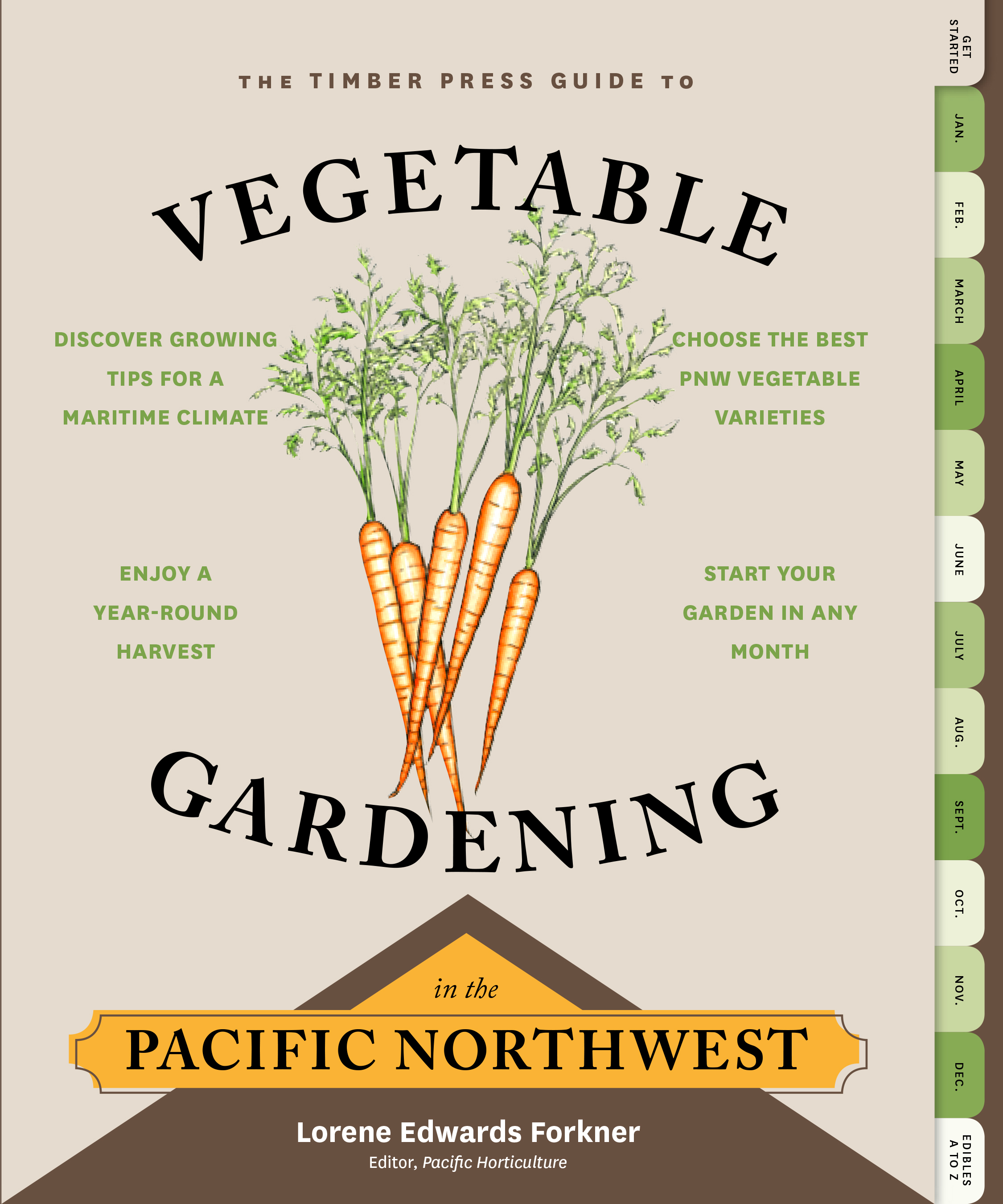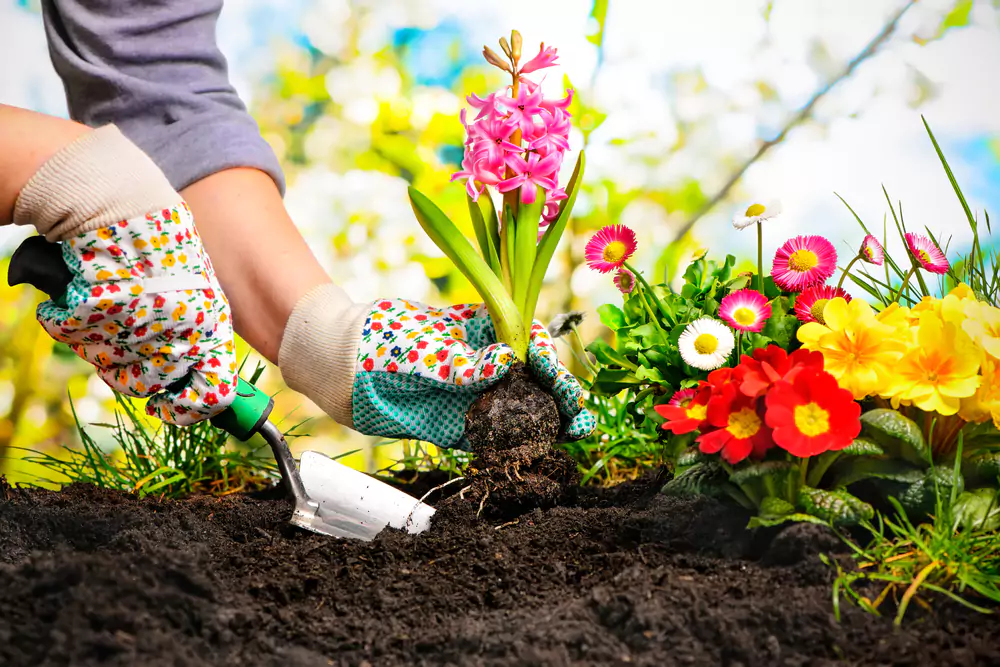In January & February, plant bare-root fruit trees and strawberries before the weather warms up. It’s also the ideal time to feed established fruit trees ahead of blooming season.
As winter progresses, prepare your garden tools and supplies and plan your vegetable layout for the upcoming growing season while ensuring proper care for plants in the colder months. Consider sowing seeds for early-flowering plants like petunias and begonias in January for a head start on growth, followed by warm-weather plants such as tomatoes and peppers later in February.
Additionally, pruning deciduous shrubs and fruit trees is crucial during this period to maintain plant health and stimulate new growth as spring approaches.

Credit: fromsoiltosoul.ca
Preparing Your Garden For January
| Preparing Your Garden for January |
|
Take stock of garden tools, repair tools, sharpen blades, and oil moving parts. Clean and organize seed starting supplies. Ensure enough seed-starter mix for upcoming seeds. In February, sow tomatoes and peppers in cooler areas. Draw out your garden plan for all desired vegetables. Longer nights and colder temperatures slow down photosynthesis and respiration. Sow petunias, begonias, and impatiens in early January. Sow tomatoes, peppers, marigolds, and periwinkles in late January or early February. Start pruning roses for the upcoming season. |
What To Plant In January
Gardening Tips For January February:
What to Plant in January:
- Carrots: Plant in well-drained soil and keep evenly moist.
- Cabbage: Choose a sunny spot and water regularly.
- Onions: Plant in a location with good drainage and ample sunlight.
- Spinach: Sow seeds in moist soil and provide regular watering.
- Lettuce: Plant in cool areas and water consistently to keep the soil moist.
- Broccoli: Ensure plants receive ample sunlight and fertile soil.
February Gardening Tasks
- This is the last month to plant bareroot fruit and nut trees, berries, grapes, and vines.
- It’s the best time to plant strawberries, so they can grow well before the weather warms and they put out blossoms.
- Feed established deciduous fruit trees about three weeks before you expect them to bloom.
In some warmer locations, you can begin sowing your vegetable seeds outdoors. For cooler areas, February is a great time to sow your tomatoes and peppers. You should start drawing out your garden for all the vegetables you want to grow.
Longer nights and colder temperatures trigger a slowdown in photosynthesis and respiration, signaling that it is time to rest up for the next growing season. Many perennials and trees lose their tender leaves and evergreens stop growing.
Sow seeds in flats or containers to get a jump on plant growth before hot weather arrives. Petunias, begonias, and impatiens should be sown in early January. Warm temperature plants, such as tomatoes, peppers, marigolds, and periwinkles, should be sown in late January or early February. Start pruning roses.
Preparing Your Garden For February
January and February are ideal months for sowing vegetable seeds outdoors, especially in warmer regions. It’s also the perfect time to start drawing out your garden plans to prepare for the upcoming growing season. Longer nights and colder temperatures trigger a slowdown in plant growth, signaling that it’s time for them to rest and prepare for the next growing season. As part of your gardening tasks, take stock of all your tools, make necessary repairs, and clean and organize your seed-starting supplies. Additionally, consider sowing seeds in flats or containers to jump-start plant growth before the arrival of hot weather. These steps can help you prepare your garden for the coming months, ensuring a successful growing season.
How Plants Behave In February
During February, plants exhibit a slowdown in photosynthesis and respiration due to longer nights and colder temperatures. This signals the need for rest before the next growing season. Consequently, many perennials and trees experience the loss of tender leaves, and evergreens cease growth. This slowdown leads to stunted growth and a shift in the plant’s energy allocation. It’s important to recognize these changes to make necessary adjustments in caring for your garden during this time.

Credit: www.hachettebookgroup.com

Credit: www.trianglegardener.com
Conclusion
To ensure a successful gardening season in January and February, it is essential to focus on the right tasks. This includes planting bareroot fruit and nut trees, strawberries, and various vegetables like carrots, cabbage, onions, spinach, lettuce, and broccoli. Additionally, it is crucial to prepare and maintain your garden tools and supplies during this time.
Remember to prune deciduous shrubs and fruit trees before the sap starts to rise. By staying proactive and following these tips, you can set the stage for a thriving garden in the upcoming months.

